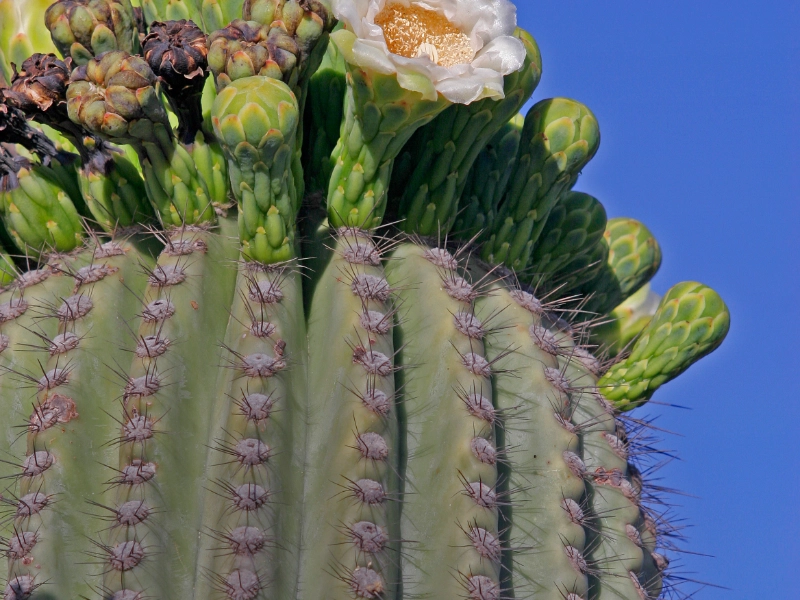How Cacti Adapt to Extreme Environments: Nature's Resilience
Advertisement
9. Reproductive Strategies: Ensuring Survival

Advertisement
Unique reproductive mechanisms established by cacti improve their chances of surviving under challenging conditions. These techniques comprise specialised flowering patterns, seed distribution systems, and a capacity for both asexually and sexually reproduction. Knowing these reproductive characteristics helps one to appreciate how cactus guarantee the survival of their species.
The way cacti reproduce is among its most amazing features—their blossoming patterns. Many cacti generate big, vivid flowers that bloom at particular times, usually in line with the surroundings. For instance, certain species bloom during the rainy season when pollinators are most busy, therefore guaranteeing effective fertilisation. Bees, butterflies, and hummingbirds among other pollinators are drawn to these flowers' vivid colours and seductive smells. This deliberate timing maximises the possibilities of successful reproduction since the presence of pollinators raises the possibility of cross-pollination, which can result in genetic variety in the progeny.
Furthermore with great seed distribution systems are cacti. Following fertilisation, cactus create seeds that animals, wind, or water can carry. Certain cacti have juicy fruits that appeal to birds and other animals; they eat the fruit and then expel the seeds elsewhere. This kind of seed distribution guarantees that the following generation of cactus can establish itself in several places, therefore boosting the survival chances. For cactus, particularly in settings where conditions could change quickly, their capacity to colonise new habitats is absolutely vital.
Apart from sexual reproduction, many cacti can reproduce asexually by vegetative propagation. From their current structures—such as stems or pads—this mechanism lets cactus create new plants. In hostile situations especially, this adaptation helps cactus to rapidly create new individuals independent of outside pollinators or suitable surroundings. Because clonal colonies share nutrients and genetic material, asexual reproduction can result in the creation of more resilient to environmental pressures colonies.
Moreover, cactus have evolved mechanisms for seed dormancy, which lets their seeds stay viable for long times until the right environment for germination. This capacity to wait for the ideal moment to sprout guarantees that cactus can maximise rare rainfall events and other favourable conditions. The seeds can lie inactive for years until the perfect mix of temperature and moisture sets off germination. This approach improves their prospects of survival in erratic surroundings.
All told, cactus have developed a range of reproductive tactics that improve their chances of survival in hostile conditions. Cacti show amazing persistence and flexibility in demanding environments by means of specialised flowering patterns, efficient seed distribution mechanisms, and asexually and sexually reproducing capacity. These reproductive strategies help desert environments to be more biodiverse and guarantee the survival of their species.
You May Like
Advertisement

